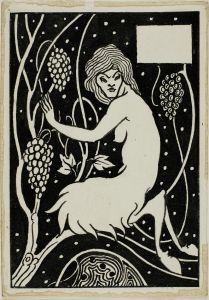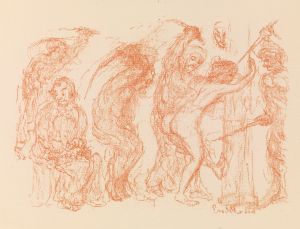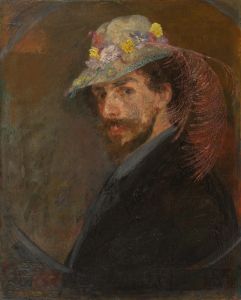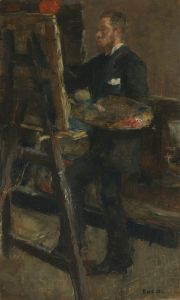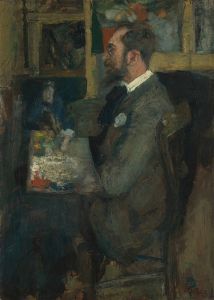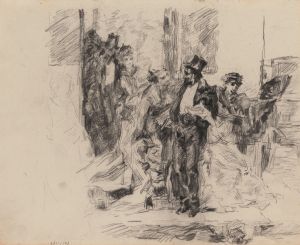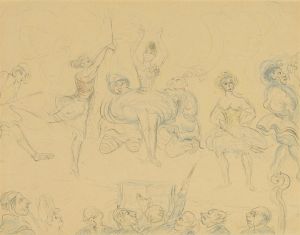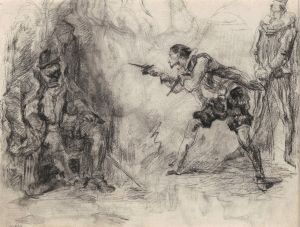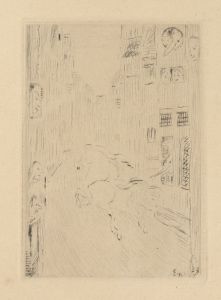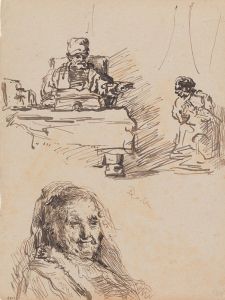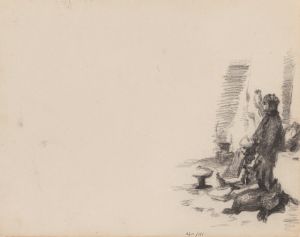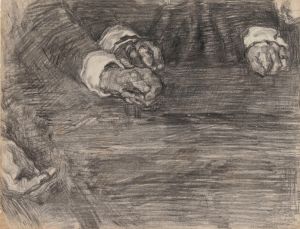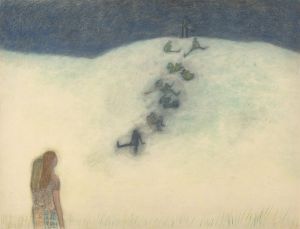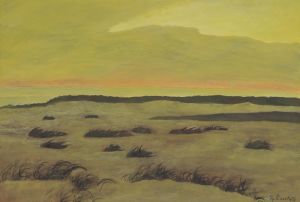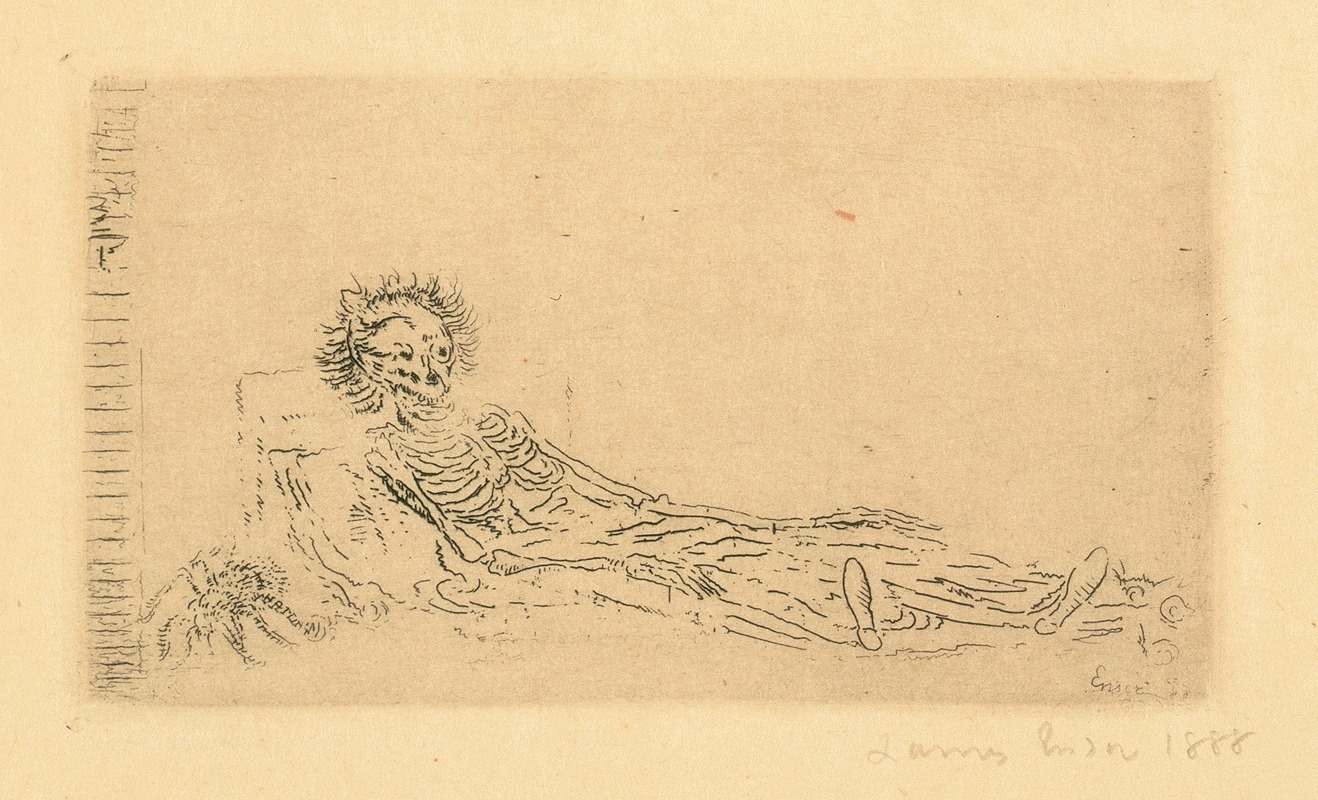
Mijn portret in 1960
A hand-painted replica of James Ensor’s masterpiece Mijn portret in 1960, meticulously crafted by professional artists to capture the true essence of the original. Each piece is created with museum-quality canvas and rare mineral pigments, carefully painted by experienced artists with delicate brushstrokes and rich, layered colors to perfectly recreate the texture of the original artwork. Unlike machine-printed reproductions, this hand-painted version brings the painting to life, infused with the artist’s emotions and skill in every stroke. Whether for personal collection or home decoration, it instantly elevates the artistic atmosphere of any space.
James Ensor, a prominent Belgian painter and printmaker, is known for his unique and often surreal style that blends elements of symbolism and expressionism. His work "Mijn portret in 1960" (translated as "My Portrait in 1960") is a self-portrait that reflects his distinctive approach to art and his introspective exploration of identity and time.
James Ensor was born in 1860 in Ostend, Belgium, and spent much of his life there. He was a key figure in the Belgian avant-garde movement and was associated with the group Les XX, which included other notable artists such as Théo van Rysselberghe and Fernand Khnopff. Ensor's work is characterized by its bold use of color, intricate detail, and often fantastical imagery, drawing on themes of death, masks, and the grotesque.
"Mijn portret in 1960" is particularly interesting as it was painted in 1888, long before the year 1960. This title suggests a projection of Ensor's self-image into the future, a concept that was quite innovative for its time. The painting is a reflection of Ensor's fascination with the passage of time and his own legacy. It is not merely a literal depiction of how he imagined he would look in 1960, but rather a symbolic representation of his thoughts on aging, mortality, and the enduring nature of art.
The painting features Ensor's characteristic use of vibrant colors and expressive brushwork. It is imbued with a sense of introspection and perhaps a touch of humor, as Ensor often included satirical elements in his work. The self-portrait is not just a study of physical appearance but also an exploration of the artist's inner world and his contemplation of the future.
Ensor's choice to title the work with a future date can be seen as a commentary on the timeless nature of art and the artist's desire to transcend his own era. By imagining himself in 1960, Ensor was perhaps questioning the permanence of identity and the role of the artist in society. This self-portrait is a testament to Ensor's innovative spirit and his ability to challenge conventional notions of time and self-representation.
Throughout his career, Ensor's work was met with both acclaim and controversy. His bold style and unconventional subject matter often provoked strong reactions, but he remained a pivotal figure in the development of modern art. In 1929, he was knighted by King Albert I of Belgium, and his influence can be seen in the works of later artists such as René Magritte and the German Expressionists.
"Mijn portret in 1960" is housed in the Royal Museum of Fine Arts in Antwerp, where it continues to be studied and admired for its unique approach to self-portraiture and its reflection of Ensor's artistic vision. The painting remains a significant piece in understanding Ensor's contribution to the art world and his exploration of themes that resonate with audiences even today.





